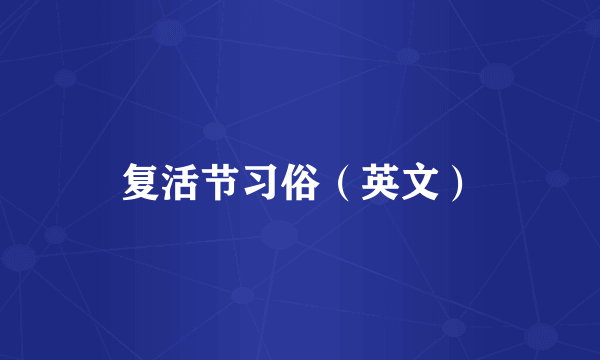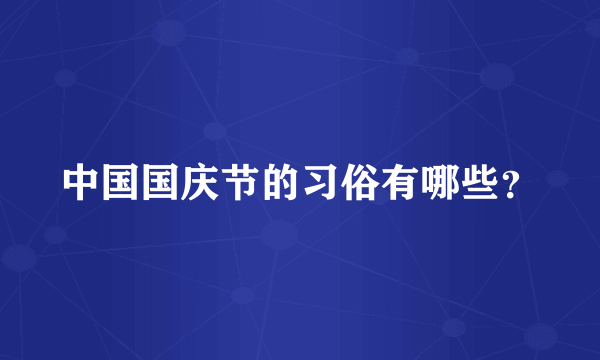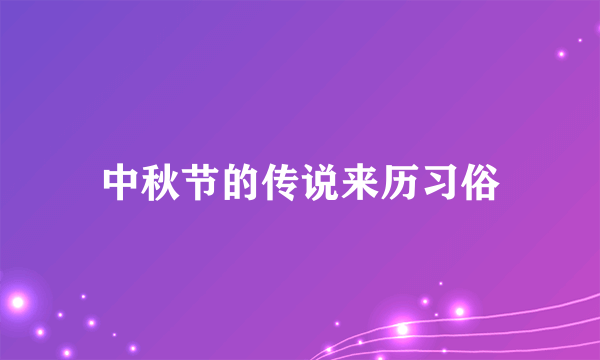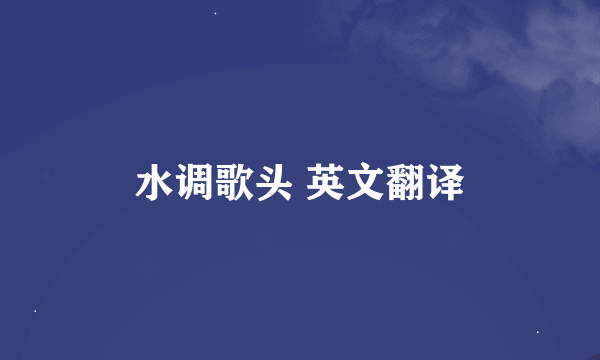复活节习俗(英文)
的有关信息介绍如下:
The custom of the Easter egg hunt, folklore tells us, was started by a German duchess. It was said the brightly decorated eggs were left by the Easter rabbit for the country children, who made a game of finding the eggs. The most elaborate Easter eggs are not even real eggs. A Russian jeweler, Carl Faberge, made his eggs out of gold, silver and jewels. The eggs opened to show tiny figures of people, animals, plants or buildings. The Russian emperor gave these eggs as gifts. The Easter Bunny is the modern version of a very old Easter symbol. The hare, a larger relative of the rabbit, was an animal sacred to the goddess Eostre. The custom of wearing new clothes on Easter began around 300 A.D., around the time of Constantine, the first Christian emperor. He decreed that members of his court should wear their finest clothes on Easter. 中文在下面 寻找复活节彩蛋的习俗,据民间传说,是由一位德国公爵夫人兴起的。据说,五彩缤纷的彩蛋是复活节兔子为乡村的孩子们留下的。孩子们把找蛋作为一种游戏。 最精心制作的复活节彩蛋甚至不是真蛋。一个叫卡尔·费伯奇的俄国珠宝商曾用金、银和珠宝做成彩蛋。打开蛋还可以看到小小的人、动物、植物和房子。俄国皇帝以此作为礼物送人。 复活节兔子是非常古老的复活节象征的现代说法。野兔是兔子的大个子亲戚,它是专供厄俄斯特女神用的圣物。 在复活节穿新衣服的习俗是在公元后300年左右开始的,大约在第一个基督徒皇帝康斯坦丁的时代。他下令在复活节那天朝臣们都得穿最好的衣服。



